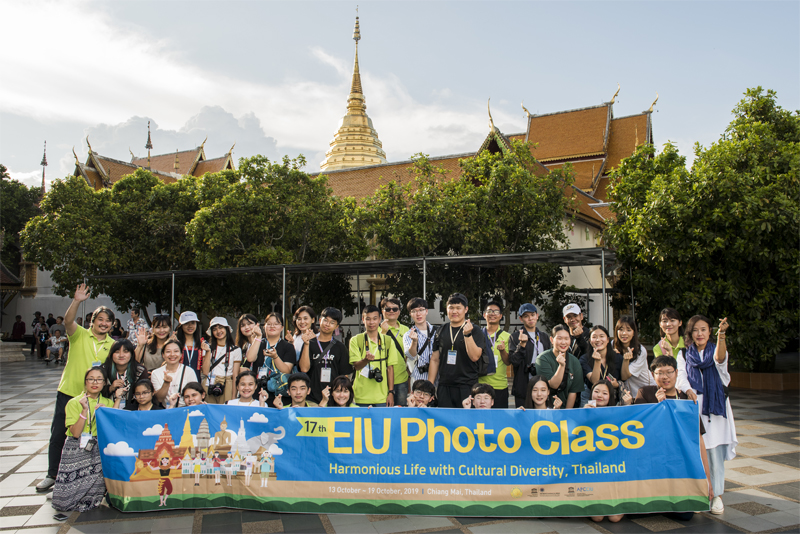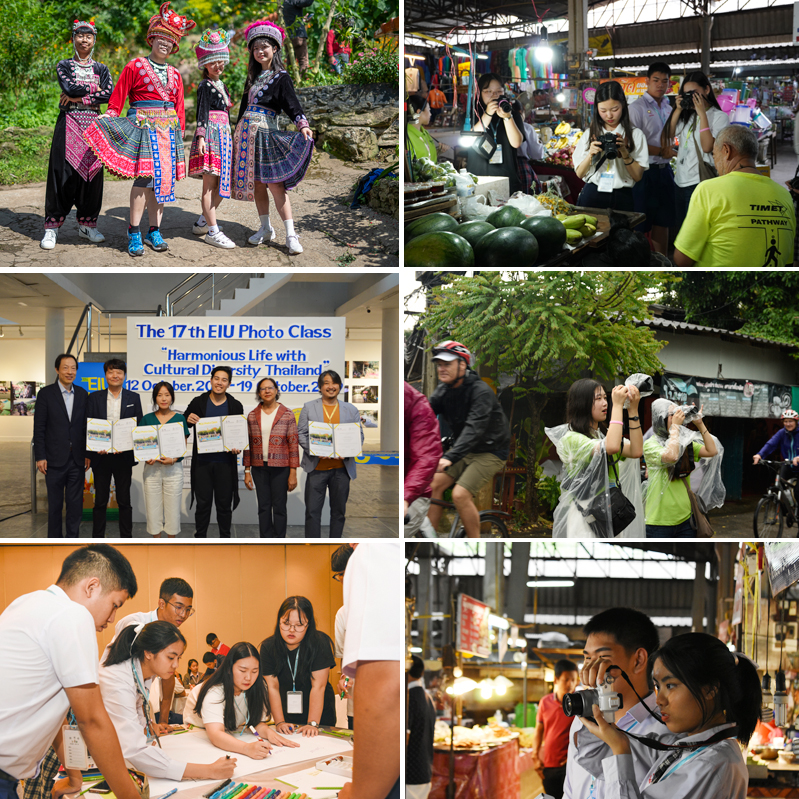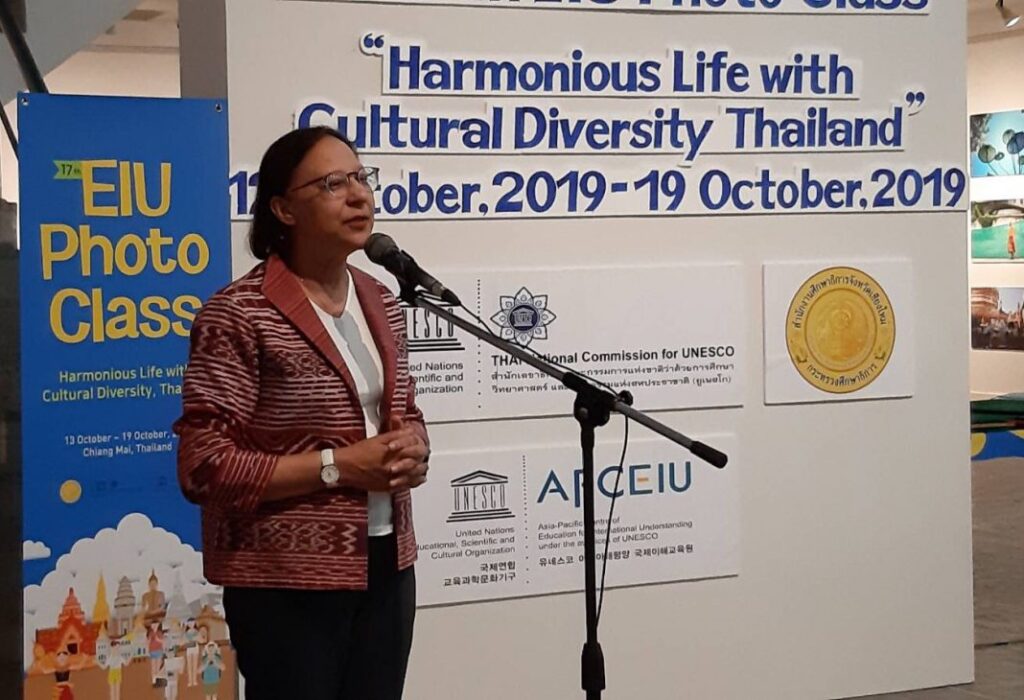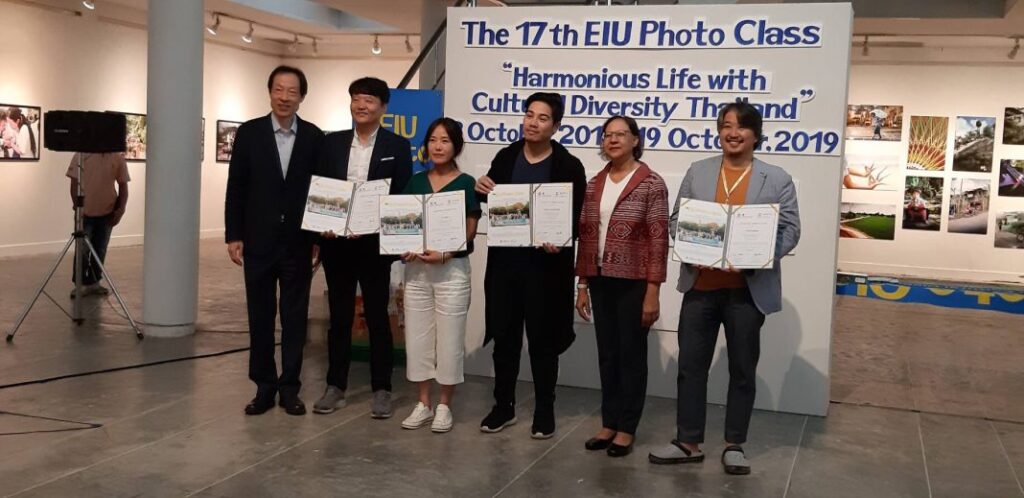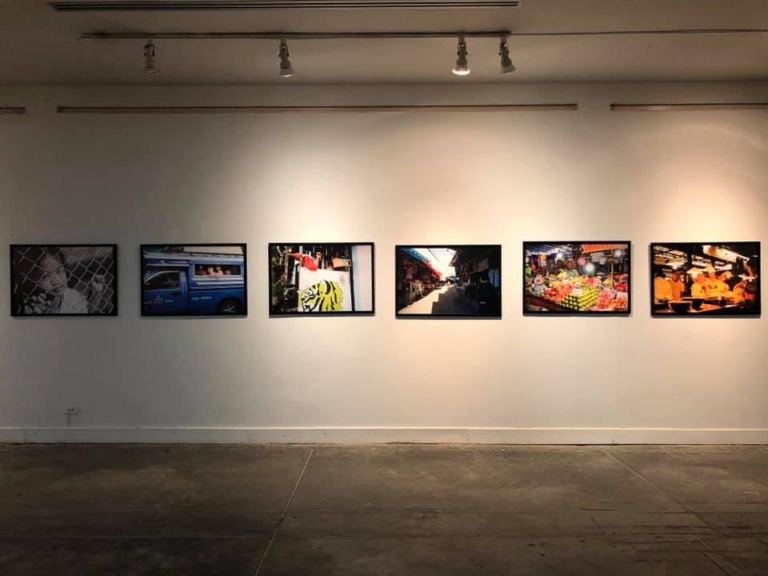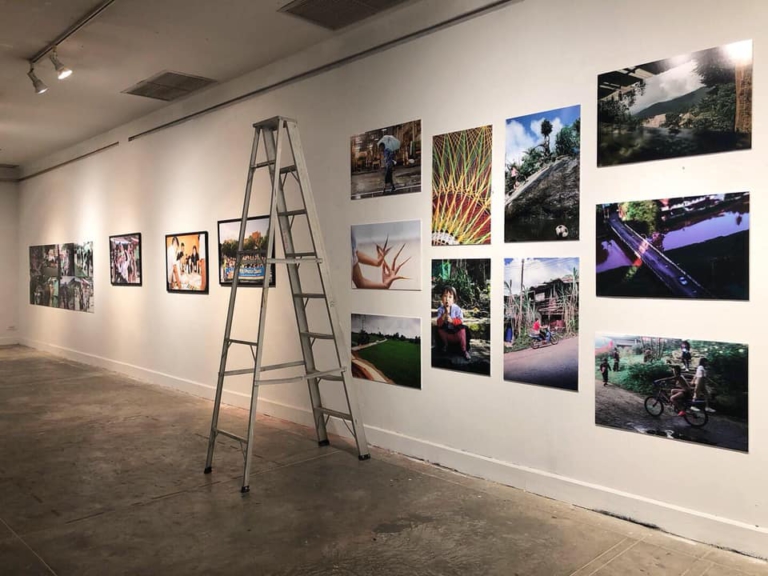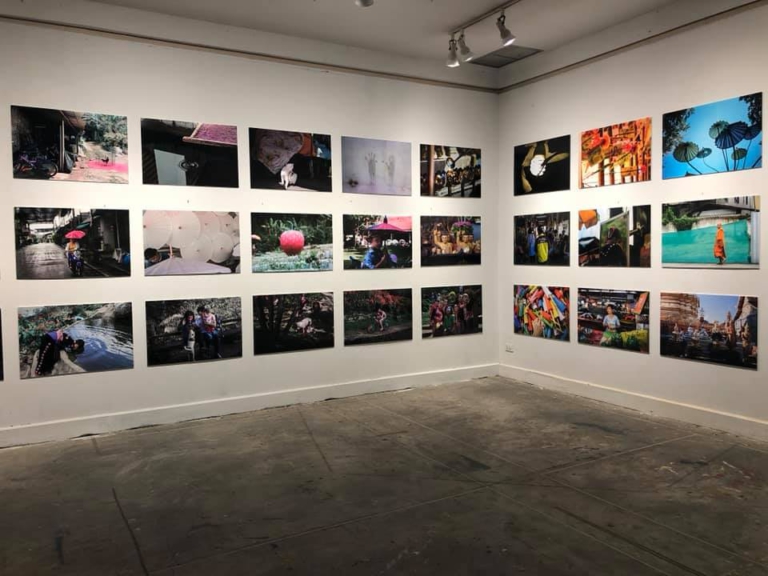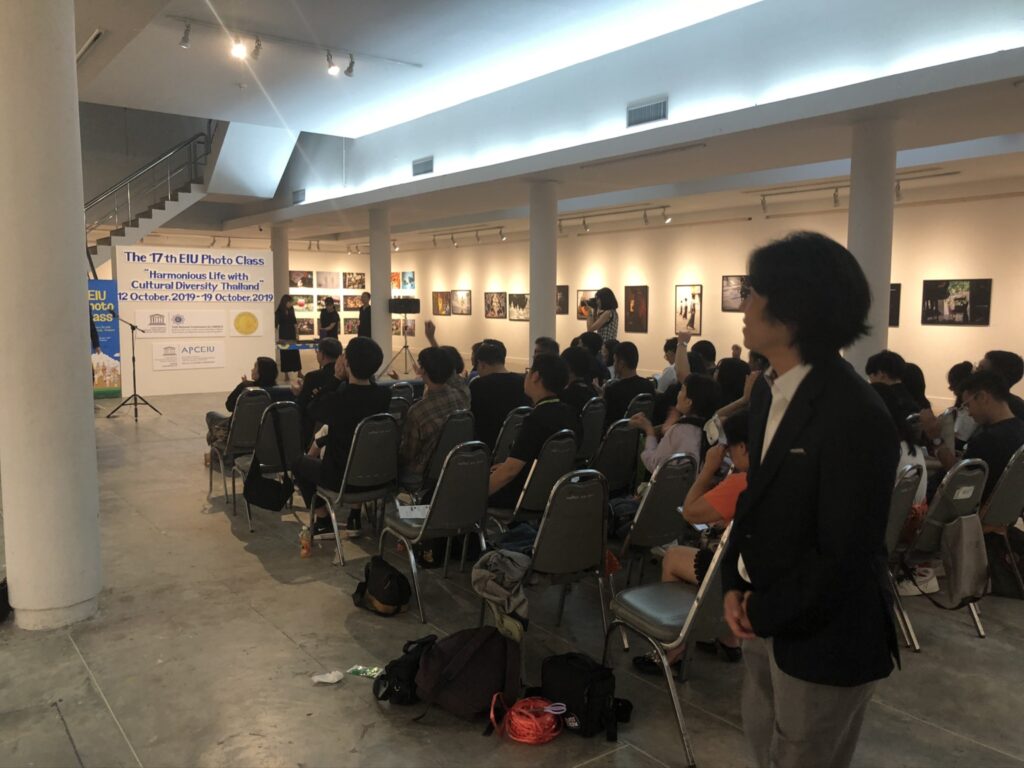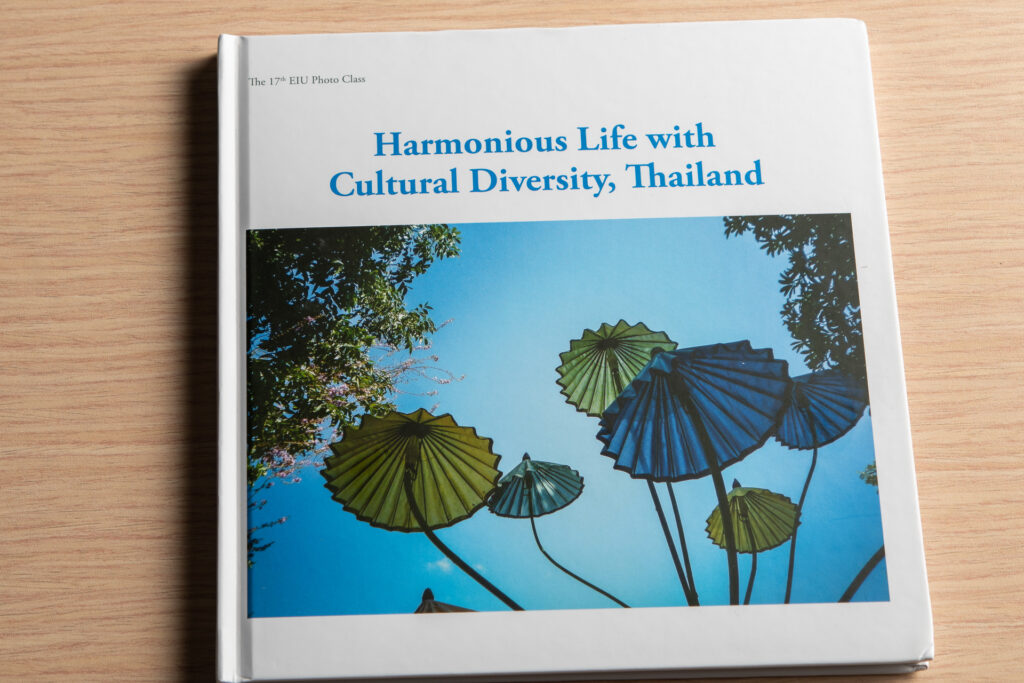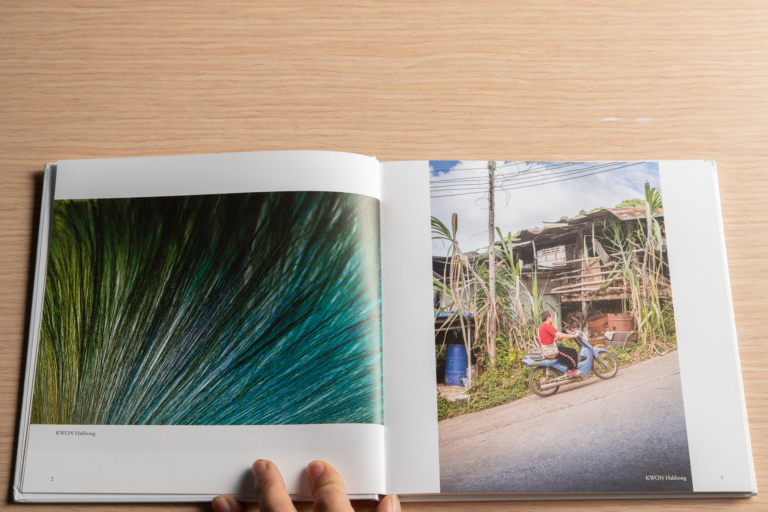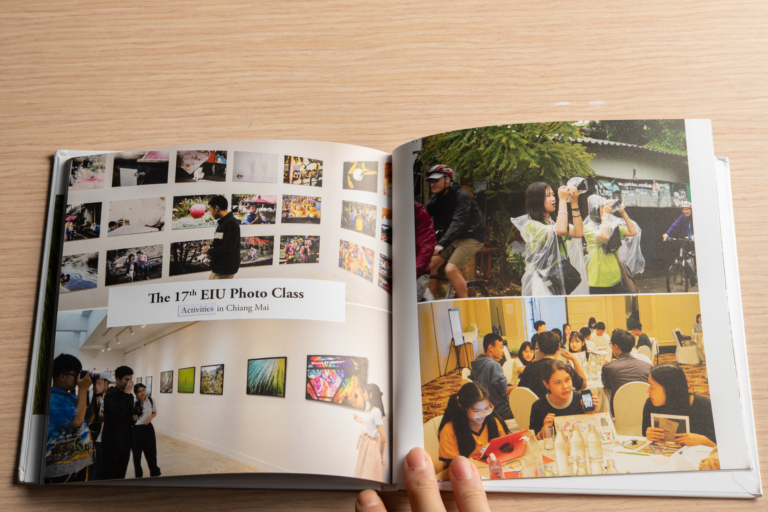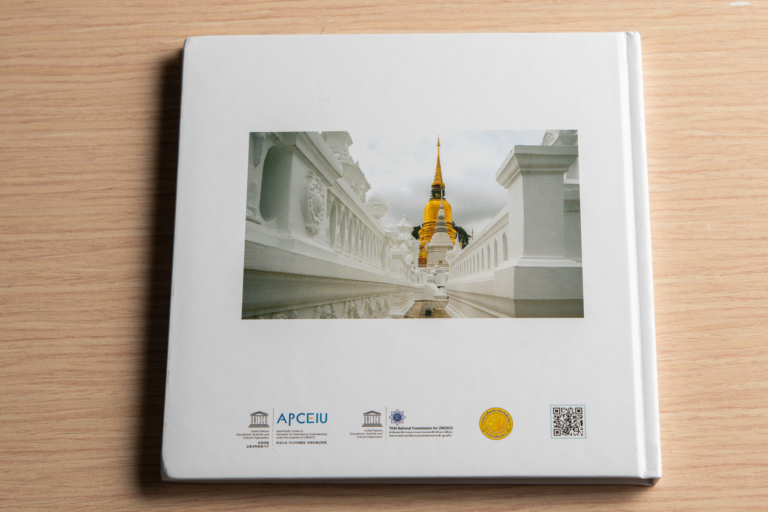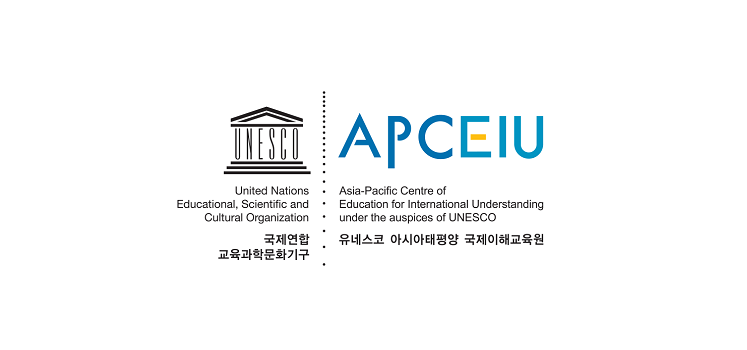
17th UNESCO EIU Photo Class
In October 2019, Hakbong Kwon participated as a mentor photographer in the 17th UNESCO EIU (Education for International Understanding) Photo Class, held in Chiang Mai, Thailand.
Working alongside students from both Korea and Thailand, the program explored themes of cultural diversity and harmonious coexistence through photography.
Participants documented cultural heritage sites and ethnic villages, culminating in a final exhibition at the Chiang Mai University Art Center.
This was an educational initiative that combined Global Citizenship Education (GCED) with photographic art.
Author’s Note on the 17th UNESCO EIU Photo Class
The 17th UNESCO EIU Photo Class in Chiang Mai was a deeply meaningful experience for me—both as a photographer and as an educator.
Together with students from Korea and Thailand, we explored the city through our lenses, each of us capturing the world from our own perspective under the shared theme of “Cultural Diversity and Harmonious Living.”
This was not simply a place to teach camera techniques, but a platform to encourage deeper understanding of other cultures—and personal reflection—through the act of photographing.
Participants carried their cameras as they explored various corners of Chiang Mai:
Wat Doi Suthep, Hmong villages, Baan Tawai woodcarving village, and Bo Sang umbrella village—each rich with history and local heritage.
As the days passed, students who were initially shy or unsure began to ask thoughtful questions, exchange feedback, and share their work.
Through photography, they found an authentic way to connect.
This process became more powerful than any traditional lecture.
As a mentor, I was reminded that teaching is not just about transferring knowledge.
It is about observing together, empathizing, and exchanging perspectives.
Watching students from different cultural and linguistic backgrounds become friends—connected through their cameras—was a moving experience beyond words.
At the final exhibition at Chiang Mai University Art Center, I stood before the students’ photographs and felt how vast their captured worlds were.
For them, photography became a new language, and at the same time, a bridge between self and others.
I was merely a guide helping them cross that bridge.
I sincerely hope that programs like this will continue and expand.
I also hope that more people will discover how photography can be more than just an artistic expression—it can become a tool for deeper understanding and peace.
To all the students and staff who shared this short but profound week with me, I offer my heartfelt thanks.
